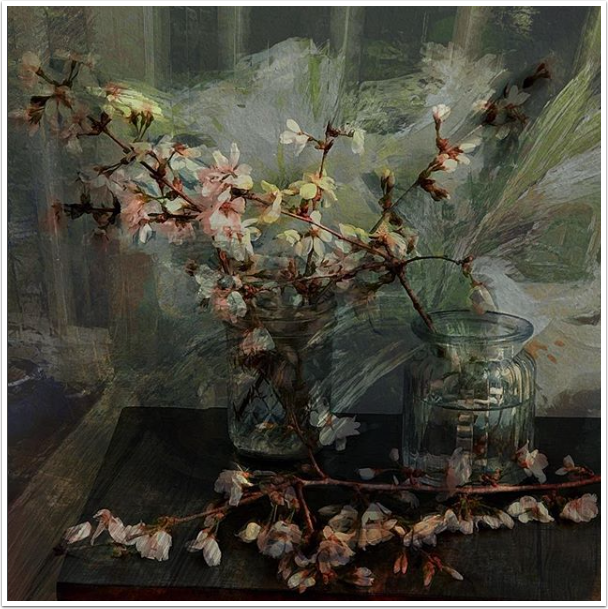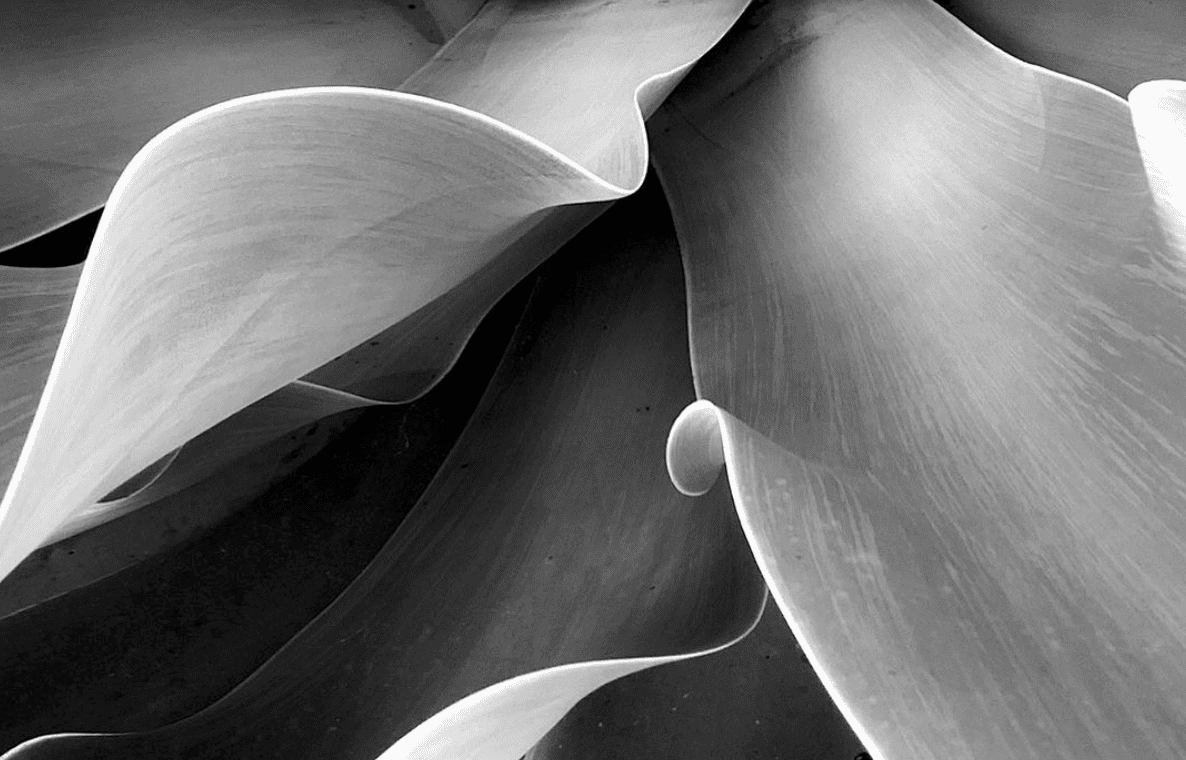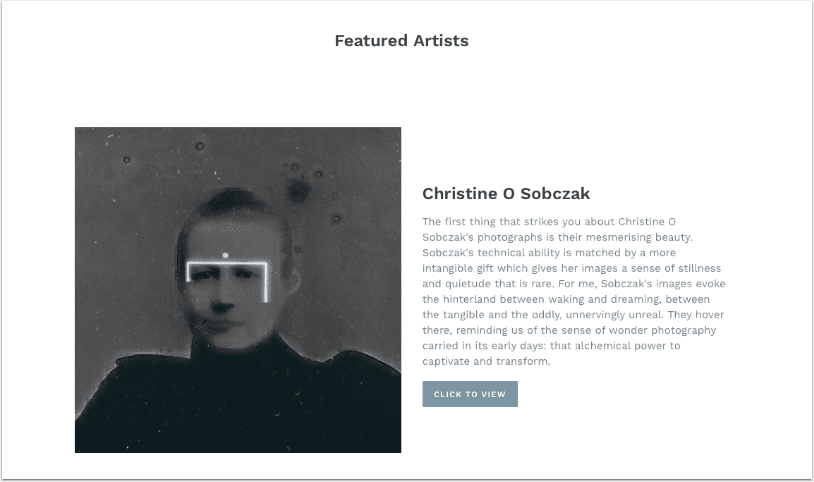Tips to Improve Lighting in Photography
Whether you love to capture shots of your family, friends, and surroundings or are an amateur photographer who is keen to improve their skills, then a knowledge of the importance of lighting when taking photos and how to use it to the best effect could take your snaps from average to awesome.
Just a few little hacks in terms of lighting can make a huge difference to how your photos come out: keep reading to find out exactly what to do to make lighting work for you and achieve some truly spectacular shots.
Consider Using Broad Lighting
This technique is great when taking portrait shots: it’s where the most well-lit side of the subject is facing the camera, and the less well-lit side faces away. It’s a great way of infusing some drama or atmosphere into the photo due to the casting of shadows and the play of the light on one side of the face and/or body.
Angle your camera, or ask the subject to pose in a way that captures them in broad lighting; you’ll be surprised at the impact that such a slight change can make.
The Importance of Backlighting
Using backlighting can be a really effective way of achieving a stunning photographic effect. It involves placing the light source behind the subject: this serves to diffuse the light and will make the colors and tones of your subject seem to glow softly
When incorporating backlighting, it’s important to increase the exposure setting on your camera in order to capture all of the light that lands on your subject. If you wish to create a silhouette, then you’ll need to ensure that there’s no other source of light falling on the subject apart from that located behind them.
Light sources are equally important in videos; have a look here for information on how to use backlighting in your videos to create an amazing aesthetic and add intrigue and atmosphere to your production.
Experiment with Light Sources
It’s not just the camera flash and natural lighting that you have at your disposal; experiment with a range of other lighting sources to see what works best for you and your subject. Lamps, candles, ceiling lights, LEDs, or even the light emitted from device screens can all be used when taking photographs, so have fun finding out the different effects that each can offer.
Harness Natural Lighting
If you’re taking shots outside, then the beautiful warm tones that early morning and late afternoon sunlight offer can really capture the loveliness of the subject, be this a person or a scene. If you’re taking a shot inside, taking a shot of a subject lit by a shaft of sunlight coming through a window or door can add a romantic, vintage vibe.
Consider a Reflector
Another way to play with lighting when taking photographs is to try using a reflector – these handy little tools can be used either indoors or outside and can help to eliminate little spots of unwanted shadows. They can also add an appealing little glint to the eyes of your subject – who can actually hold the reflector themselves if they’re willing!
These devices are usually collapsible, so getting awesome photos needn’t mean lugging a load of heavy equipment about during your day out.
Use a Diffuser
Diffusers are a readily available, useful tool that can reduce contrast and soften the light, and they can be mounted to a light source or a flash. A diffuser can be used in conjunction with any type of light, even natural light coming in through a window – experiment to find out how lighting is affected when you bring this tool into play.
Understanding Aperture
Getting to grips with how the aperture works will allow you to take better photos, no matter the subject or type of light available. The aperture determines the amount of light that will enter the camera lens when the photo is taken, and it can be changed to achieve different effects. If you are interested in taking your photography to the next level, then you may find it helpful to keep a few different lenses on hand to use in different lighting situations – for example, a lens with a lower f-number will perform better than a higher number in lower light.
How to Use Shadows
Shadows can add ambiance, visual depth, and a professional aspect to your shots. Shadows can also turn a 2D image into a dynamic, 3D-appearing portrait. To achieve this effect, position the light source above or to the side of your subject, and experiment with different angles until you find the effect you want.
Color Temperature
Finally, having an understanding of color temperature can help you optimize the lighting in your shots. The white balance on your camera determines how it captures the temperature of the light, and it’s usually set automatically by your device. However, as you become a more confident photographer, you may wish to adjust this level manually so that you can tailor it to different light sources. This will take your photos to the next level and allow you to find your preferred personal style.




